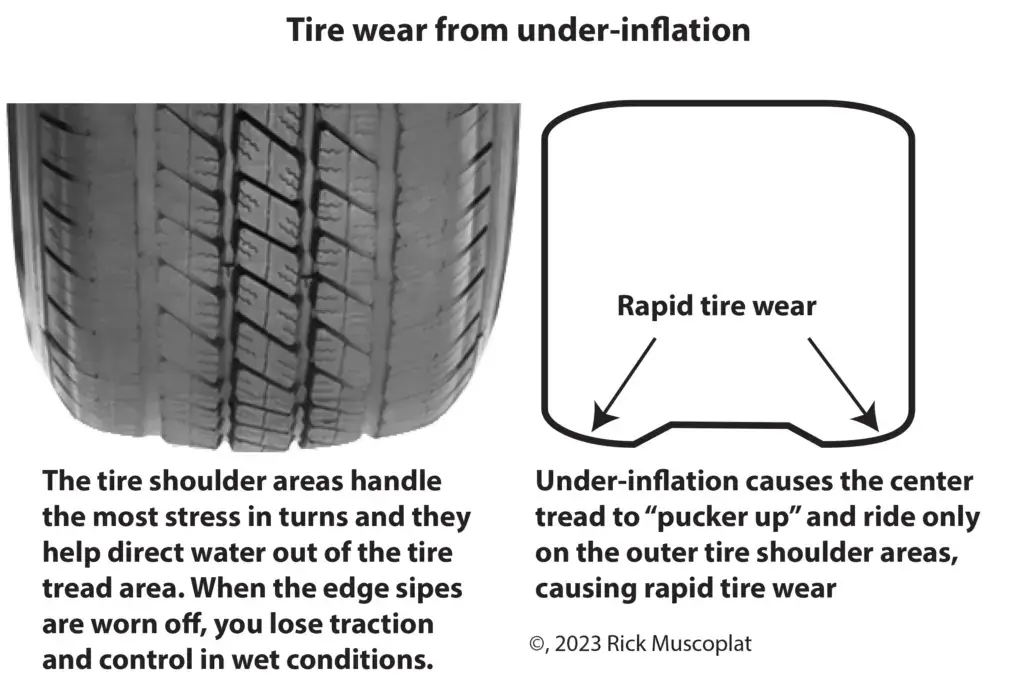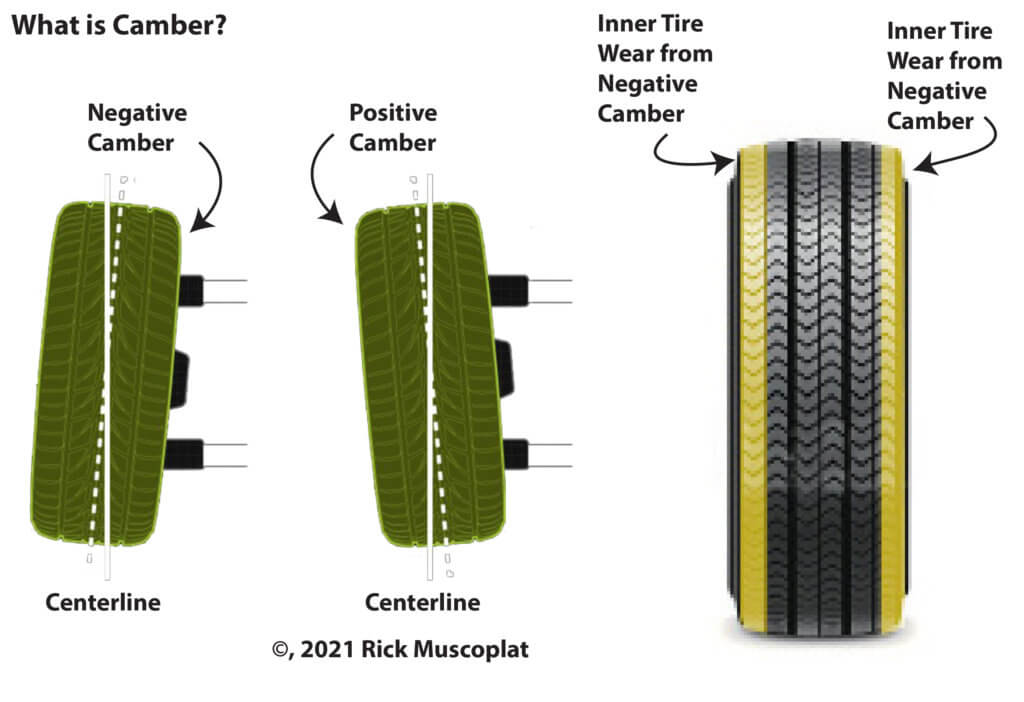How to improve fuel economy
7 Tips to improve fuel economy
You can get better fuel economy by following these tips
You’ve probably heard some of these tips before on how to improve fuel economy, but they really work
Get a tune-up
It’s a myth that all spark plugs last 100K or more miles. When carmakers  switch to distributorless ignition systems (DIS) nd platinum spark plugs in the 90’s you really could go 100K miles on the newer platinum plugs. But carmakers didn’t use DIS ignition systems for very long. They quickly switched to coil-on-plug (COP) ignition systems, along with lean burn engines and iridium spark plugs.
switch to distributorless ignition systems (DIS) nd platinum spark plugs in the 90’s you really could go 100K miles on the newer platinum plugs. But carmakers didn’t use DIS ignition systems for very long. They quickly switched to coil-on-plug (COP) ignition systems, along with lean burn engines and iridium spark plugs.
Lean burn engines, like the name implies, run a much leaner air/fuel mixture that run the razor edge between firing and misfiring. Because the mixture is so lean, it burn much hotter and that helps improve gas mileage and reduce emissions. But it also wears out spark plugs faster. On some lean burn engines, carmakers recommend spark plug changes as often as every 40,000 or 60,000 miles.
If you run spark plugs longer than the recommended intervals on those engines, you’ll pay the price in reduced fuel economy, harder start, lower performance, and more carbon buildup.
So follow the carmaker’s maintenance guide for spark plug changes to get the best gas mileage
Lose weight
It takes energy to move your car and the bodies in the car. It also takes energy to move all the junk you carry in your truck bed or trunk. If you’re not using it, lose it and get better gas mileage. Extra weight costs gas! And those roof racks and bike racks cost gas too because they increase weight and aerodynamic drag by as much as 6-17%
Remove the roof rack and cargo boxes
Remove bike rack
Fix check engine lights
Owners often ignore a check engine light, thinking that “it’s just an emissions thing.” Well, it probably is an emission thing. But that emissions thing may be causing increased fuel consumption. A stuck open purge or vent valve is a common emissions problem that sets a check engine light and causes you to waste fuel. So get check engine light issues diagnosed and fixed.
Yes, I’m going to nag you about tire pressure
Driving on under=inflated tires is a major cause of decreased fuel economy  and accelerated tire wear; both costing you big money. Underinflation reduces fuel economy by at least 3%.
and accelerated tire wear; both costing you big money. Underinflation reduces fuel economy by at least 3%.
Check tire pressure once a month when the tires are cold using a digital tire pressure gauge. Check and adjust again if you see a big change in outside temperature. Tire pressure changes 1-psi for every 10°F in outside temperature. So you can easily be 4-5-psi low when temperatures drop in the Fall.
No “miracle” fuel additives
This one is simple: There isn’t a single fuel additive that will improve fuel economy by more than the cost of the additive. Don’t fall for gimmicks
Reduce idling
Use Google or Apple maps to find the most fuel-efficient routes. Driving in stop and go traffic with long periods of idling can reduce fuel economy by up to 12%. Avoid idling.
Use cruise control and don’t speed
Aerodynamic drag is real and 55-MPH is the proven sweet spot for getting the best highway fuel economy. Driving faster than 75-MPH will cost you 20% in lower fuel economy. Driving as a constant speeds using cruise control will get you the best MPG.
Keep your car aligned
This one is pretty self explanatory; if your tire aren’t rolling straight down the road, then they’re being dragged down the road. That costs you in gas and accelerated tire wear. Turn your shoe and an angle and push it across the floor. Takes more energy, right? That’s what’s happening to your tires when they’re not aligned

The Camber alignment angle refers to the inward or outward angle of the tire when viewed from the front of the vehicle. Too much inward (negative) camber will cause accelerated wear on the inside shoulder area of the tire. Too much outward (positive) camber will cause accelerated wear on the outside shoulder of the tire. Improper camber is often caused by worn wheel bearings, worn ball joints, worn strut mounts, bent control arm or worn control bushings.
©, 2023 Rick Muscoplat
Posted on by Rick Muscoplat